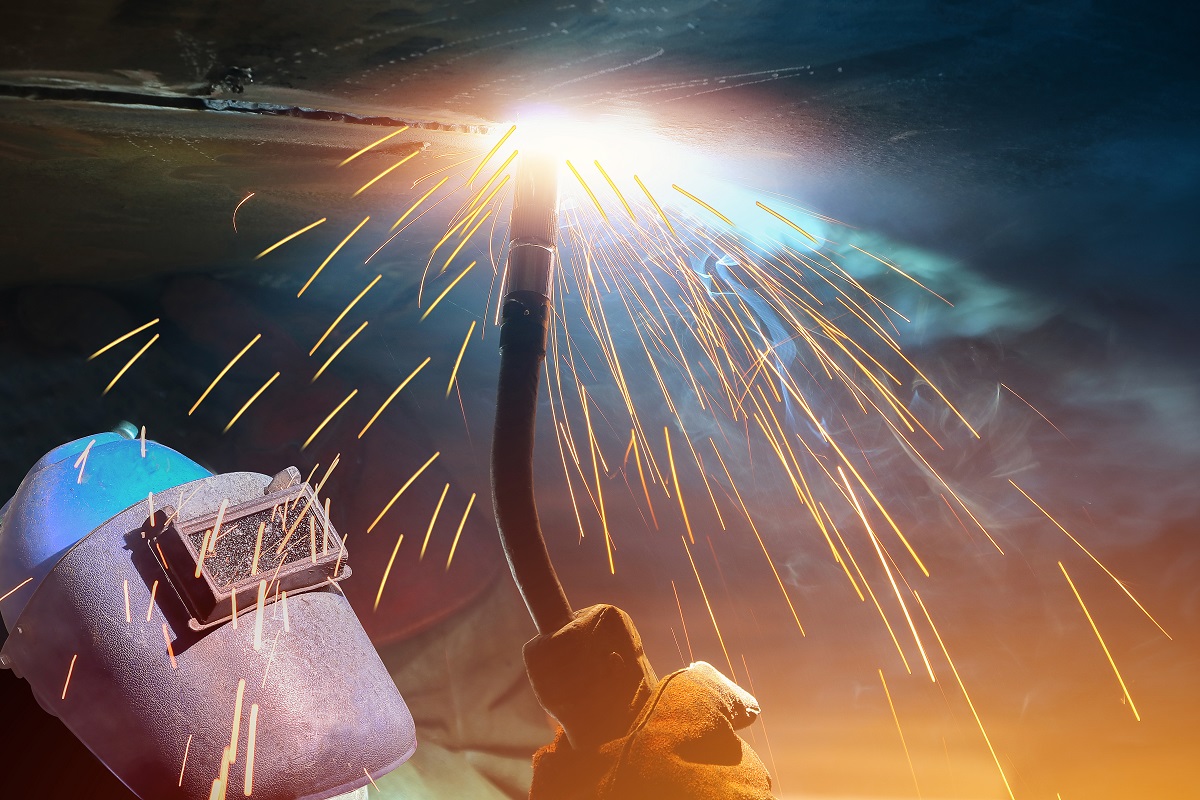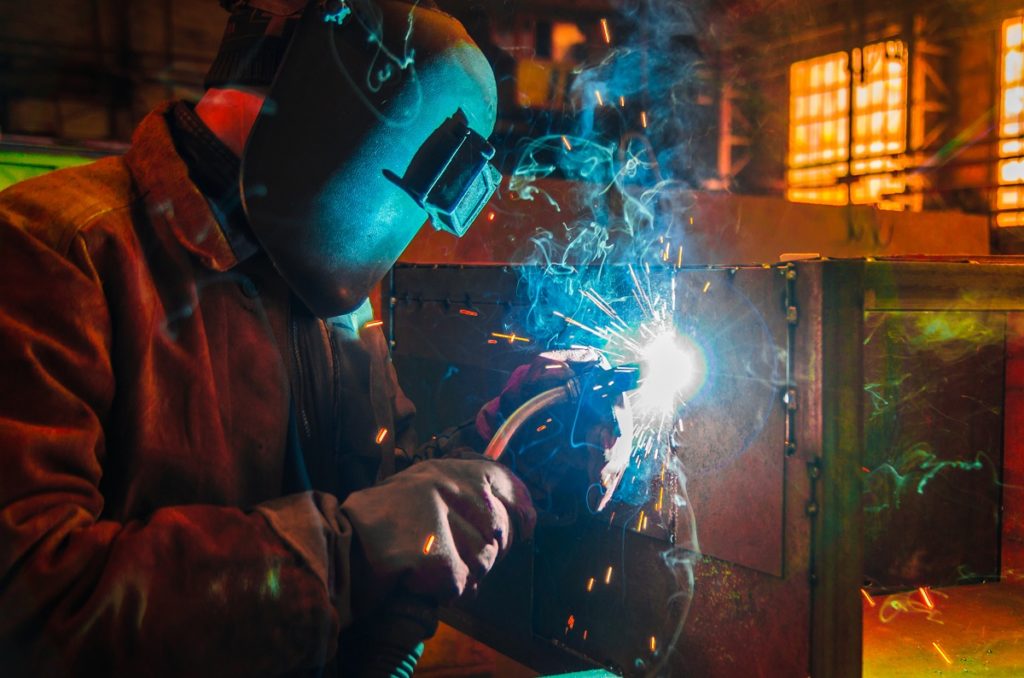Welder Assistive Technologies Are Changing Welding

When we started using the brand-new innovation that is the stainless MIG wire, we thought that it would definitely change how we do welding. But now that industrial technologies have become more sophisticated, we just do not know what to expect anymore. Imagine, welding instructors are now using virtual reality in teaching budding welders. Well, we just had the new electronics added to our welding machines a decade ago. What is happening? Well, it is just that welding technology is in a new age.
To even develop usability in welding equipment, welder assistive technologies are shaking the welding industry. There are now embedded technologies that serve guidance to newer or less experienced welders. These help welders optimize welding quality by controlling weld pool behavior through data inputs. Assistive technologies are truly leading to improved productivity in the industry. And the three below are the most notable so far:
Industrial Internet of Things
The Internet has opened the floodgates of digitally run technologies that almost every other existing technology can adopt. Industrial systems now are changing fast, so the Industrial Internet of Things (IIoT) can only help this development further. In manufacturing, there is a need to obtain more real-time weld data at a faster rate. IIoT is able to provide this by boosting efficiency and scalability in operations. In effect, there will be observed savings in time for a manufacturer. Additionally, the better safety protocols along with predictive maintenance data will lower costs, hence increasing profitability in the end.

Fixtureless Welding
This has also lowered costs to manufacturers. By combining the work of handling robots with that of welding robots, there is no need for an operator to do the loading and unloading of fixtures usually seen in days-of-past weld cells. Besides reducing manpower costs, there is also a reduction in the time used for buying and maintaining the fixtures. As such, companies are able to produce one-piece flow, thereby minimizing inventory and work rendered. And all that means higher ROI. Fixtureless welding also answers the lack of skilled welders. Automation has made production work faster and more streamlined. To produce a batch of products, there is less activity needed from welders as machines do much of the work.
Robotic Automation Systems
Robots are not new, but robotic systems are. Robotics not only improved the ease of use in industrial work. It is now allowing a range of tasks to be done precisely in one press of a button. Automation systems are user-friendly. Compared to older systems, their interface is easier to read and understand. Programming them is also very doable now. Automation systems use sensor technologies.
For operators, there is a great need to have a deeper understanding of such technologies, so training is doubled up by automation systems, too. But it comes with benefits, of course. This educates operators, and even welders, with the latest communication technologies apart from more advanced programming.
Welding technology is definitely at a crossroads. Adopting digital and electronics technologies to ease the production process has become a priority. And the objectives to such priority remain: meet consumer demand and register profit. With the new face of welding technology, it is apparent that this can be done with little trouble.




